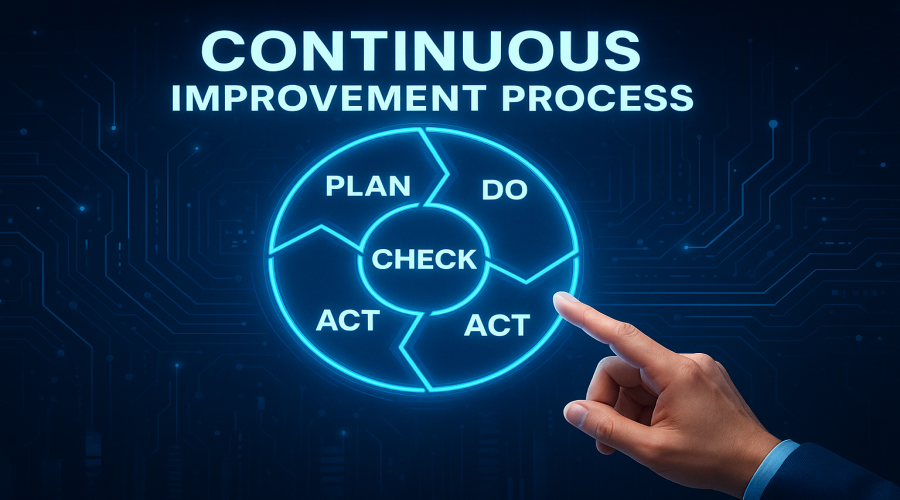
This is a small initiative and contribution of the NATO QA Team of Experts to the QA Community of Interest. It is by no means the most comprehensive or authoritative video lecture on the subject, but it offers a solid starting point for unpacking the concepts behind this essential process.
The Continuous Improvement Process (CIP), when viewed through the NATO Quality Assurance Programme lens, is not a single action—it’s a collection of interconnected processes happening constantly across an Education and Training Facility (ETF). At its heart is the Plan–Do–Check–Act cycle, ensuring that change is intentional, documented, and measurable.
Why It Matters
CIP ensures that training products remain up-to-date, relevant, and delivered to a consistently acceptable standard. It protects institutional knowledge, avoids relying on luck, and reinforces our accountability to learners, our organisations, and ultimately, the mission.
Key Elements
Document what you do – and do what you document. QA policies give the high-level overview, while SOPs, guidelines, and control documents capture detailed processes.
Feedback as fuel for change. Collect immediate and delayed feedback from students, instructors, supervisors, requirement authorities, and annual discipline conferences. Look for trends, not one-off comments.
Post-Course Reviews. Analyse what worked, what didn’t, and create actionable improvement plans with timelines and responsibilities.
Curriculum Review Boards. Periodically assess whether courses are relevant, aligned with doctrine, and optimising resources.
Living documentation. Update policies, job descriptions, and course materials regularly—don’t wait for reaccreditation.
KPIs and Strategic Alignment. Use measurable indicators linked to your organisation’s vision, with thresholds and reporting cycles that allow timely corrective action.
The Bigger Picture
CIP extends beyond courses—it’s embedded in organisational culture. Every role, from instructors to support staff, contributes to quality. When the process is done right, it drives steady, evolutionary change towards excellence, iteration after iteration.
